Legislation increases ability of lawmakers to contact voters and diversifies geographic representation in Legislature
With this year’s Legislature set to review a variety of voting reforms, Sen. John Braun is calling for the state to divide legislative districts into two distinct House districts under a bill released today. Two House members are currently elected from each of the state’s 49 legislative districts that elect one senator.
“Smaller legislative districts improve a representative’s ability to reach the people they represent,” said Braun, R-Centralia. “Increasing geographical diversity brings broader perspectives and local knowledge into play. Smaller districts also bring communities together and reduce the influence of money in campaigns given the ability to directly contact voters.”
Washington is only one of five states along with Arizona, Idaho, New Jersey and South Dakota, where House and Senate seats have the same boundaries. States including Oregon, Montana, Alaska and seven others already have House districts divided up within a Senate district.
Braun’s plan directs the 2021 Washington State Redistricting Commission to establish the new boundaries for the 2022 election. The same guidelines that currently apply to the redistricting process including equal population and contiguous boundaries would apply to the newly drawn House districts.
You will also find an interesting breakdown on how each state sets up its legislative representation courtesy of research by the National Conference of State Legislatures.
Braun’s plan is similar to a 2011 proposal sponsored by Rep. Hans Dunshee, a former Democratic Representative from the 44th legislative district.
Braun has requested the chair of the Senate State Government, Tribal Relations & Elections Committee hold a public hearing on the measure.










